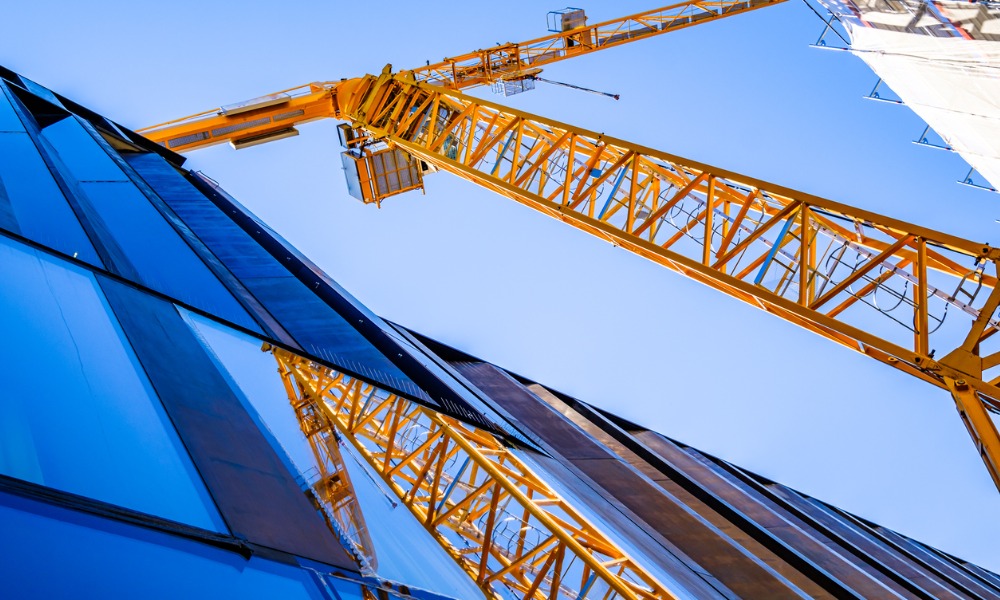Is relief in sight for the beleaguered construction industry?

A noticeable deceleration in the rate of construction cost growth could signal a stabilisation of pressures within the building sector, according to the latest data from CoreLogic's Cordell Construction Cost Index (CCCI).
The index, which tracks the cost of constructing a typical new dwelling, recorded a quarterly growth rate of 0.5% for the September quarter. This marks the smallest increase since the three months leading up to June 2019 and is only half the pre-COVID average of 1% per quarter.
The annual growth in the index stands at 4%, which is lower than the peak of 4.7% observed this time last year. Eliza Owen (pictured above), head of Australian research at CoreLogic, noted that while construction costs remain high, the rate of increase has normalised.
“This is the fourth consecutive slowdown in the quarterly pace of growth for residential construction costs,” Owen said. “The slowdown in new dwelling approvals also points to mixed news for the construction industry next year. On the one hand, this will free up capacity for material and labour resources, but it will also mean greater competition for new jobs.”
The recent slowdown in the growth rate of construction costs aligns with the “new dwellings” cost sub-component of the Australian Bureau of Statistics Consumer Price Index (CPI). Owen said that this sub-index peaked at 5.7% in the March 2022 quarter and has since reduced to just 10% in the June quarter of 2023. Given that the cost of new owner-occupier dwelling purchases carries significant weight in the CPI, the easing of the CCCI may serve as an early indication of inflationary pressures subsiding within the building sector.
Read next: Victoria construction sector in crisis amid hundreds of company failures
John Bennett, CoreLogic construction cost estimation manager, noted that while material costs have generally stabilised, labour costs are experiencing new pressures.
“Award rates have increased more than 5% across the construction industry, coming in higher than previous years,” Bennett said. “The superannuation guarantee rate also increased to 11%, up from 10.5% from the 1st July 2023.”
Analysis from the Reserve Bank of Australia reveals a significant rise in the proportion of large residential builders facing negative cash flow, reaching approximately 30% in the March quarter of this year, CoreLogic reported.
In terms of regional trends, Queensland experienced the highest quarterly growth, and it was the only state where the pace of change in the index accelerated, rising by 10 basis points to reach 0.8%.
Have something to say about this story? Let us know in the comments below.



